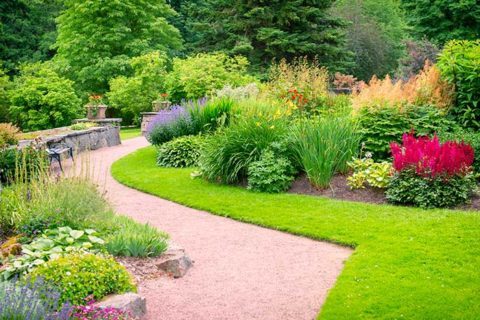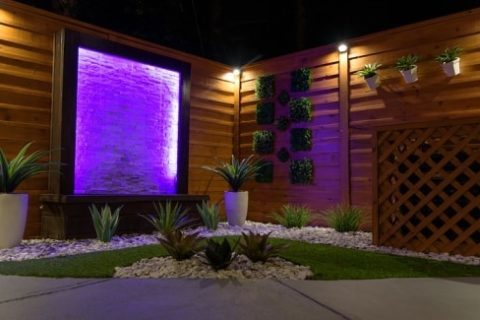UNDERSTANDING THE BASIC PRINCIPLES OF LANDSCAPING
Landscaping can greatly improve the value and beauty of your property, especially when you rely on a professional landscape design company in White Plains to create a functional and aesthetically pleasing outdoor space. Whether you’re interested in front or backyard landscaping for either a residential or commercial property, the basic design principles are the same. These landscape design principles include:
Draw Attention to Focal Points
When professional landscape designers begin a residential or commercial landscape project, they typically start with the major focal points. A focal point is a component of the design intended to attract interest from onlookers and passerby. Focal points can be naturally occurring elements of the landscape or they can be strategically placed to create the desired effect. Designing around one or two primary focal points is a great way to boost the curb appeal of your property.
Avoid Too Much Repetition
A professional-looking landscape should have a natural rhythm and sequence about it that directs the eye to different focal points. One of the best ways to create this sense of movement is with gradual variations in color, texture, size, and shape. Using the same plant or garden element too much can create a monotonous picture that bores the eye.
Layer Different Colors and Textures
Variety is good for almost every landscape design, so it’s important to incorporate different colors and textures throughout the space to create layers of visual interest. When it comes to color, the primary concern should be utilizing color schemes that present the most visually pleasing appearance. Texture refers to the shape, size, smoothness, and “weight” of the foliage. The principle of texture in landscape design is often used to provide a sense of balance and symmetry, or to illustrate the diversity of plant life in a given space.



